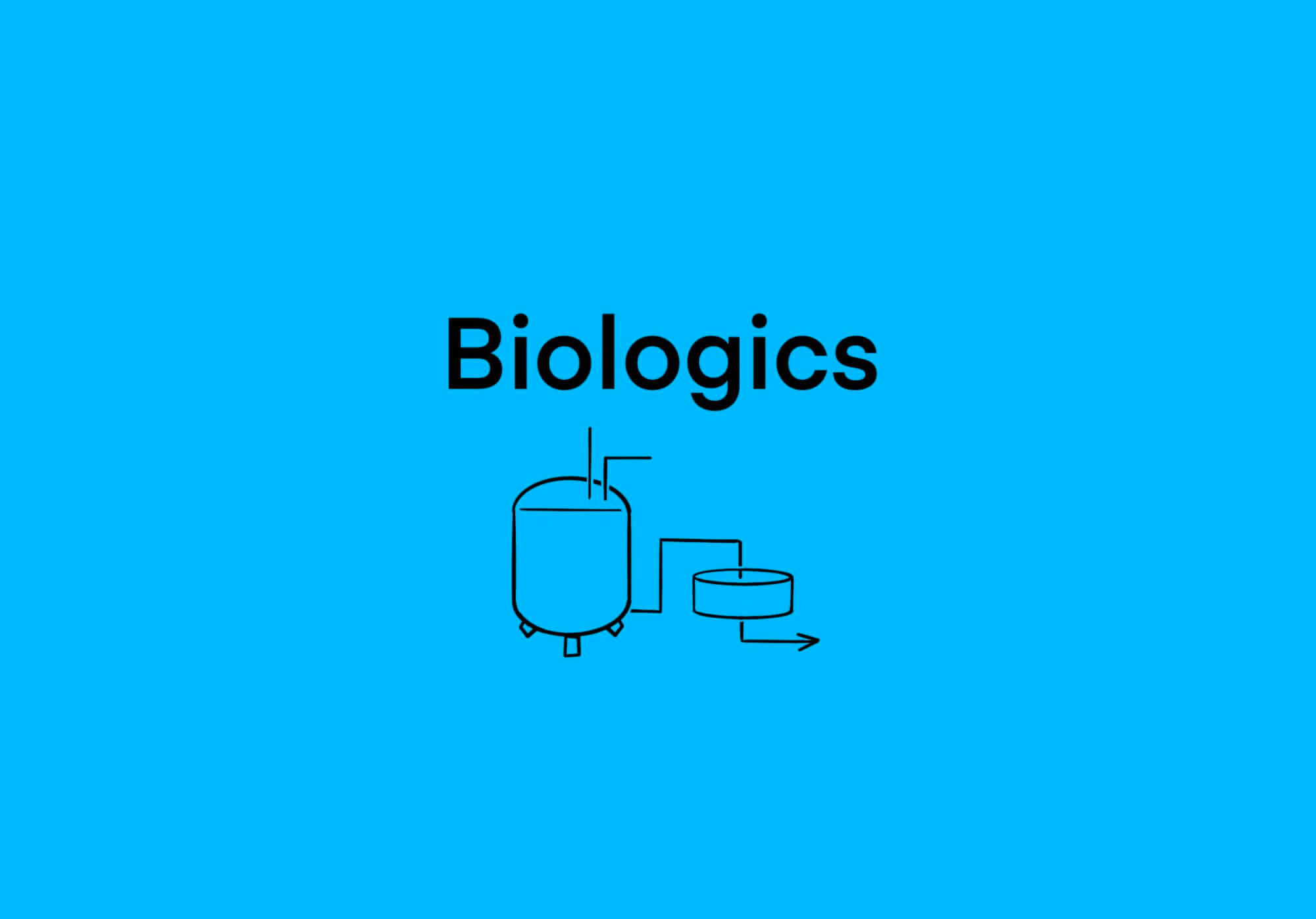カテゴリー: BIOLOGICS
-
[Bio-Edu] 抗体のADCC活性は、脱フコースはもとより、マンノース化でも可能 [2020/07/02]
Post Views: 881 論文の概要 抗体のグリコシレーションサイトに付加される糖鎖としてMan5は、A…
投稿者

-
[Bio-Column] Pre-packed Chromatography Columns – Supplierまとめ [2020/06/28]
Post Views: 829 Pre-packed Column REPLIGEN Cytiva (旧GE …
投稿者

-
[Bio-SUB] Single Use Bioreactor – バイオ医薬品の要である培養装置 – 製造メーカーまとめ [2020/08/12]
バイオロジクス(バイオ医薬品)の製造工程の最初のステップである動物細胞の培養には、殆どにおいて、シングル・ユー…
投稿者


